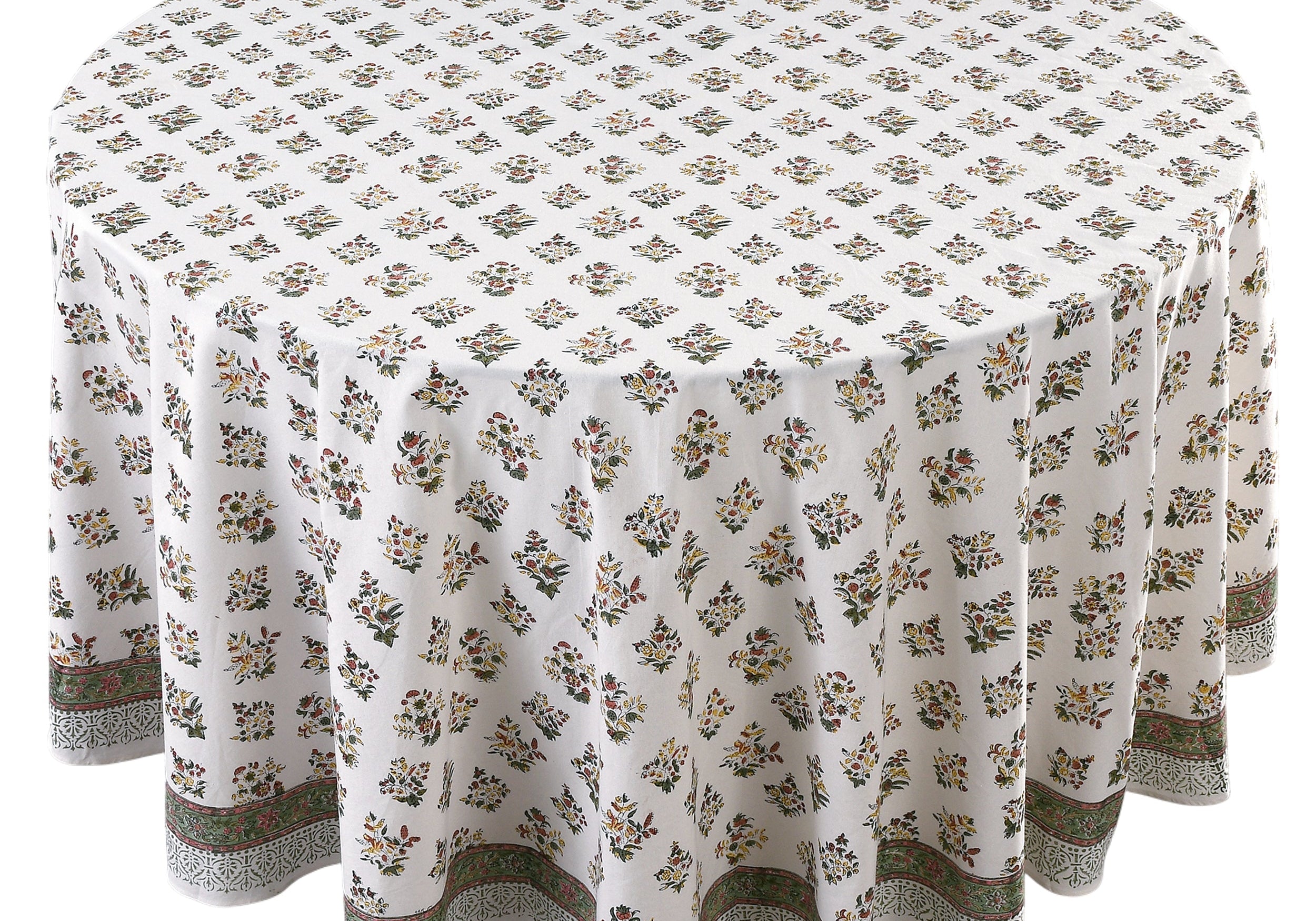Cotton block printing is a traditional textile art form that has been practiced for centuries, involving the meticulous process of stamping intricate designs onto fabric using hand-carved wooden blocks. This method has been widely celebrated for its aesthetic appeal, cultural significance, and sustainable nature, making it a cherished craft across various parts of the world.
The Process of Cotton Block Printing
The technique of block printing involves several meticulous steps:
-
Carving the Blocks – Skilled artisans hand-carve intricate patterns into wooden blocks, which serve as stamps for the fabric. Each color in the design requires a separate block.
-
Preparing the Fabric – The cotton fabric is washed to remove impurities and then stretched and secured for printing.
-
Dye Preparation – Natural or synthetic dyes are prepared for application.
-
Printing – The artisan dips the block into the dye and presses it onto the fabric with precision, repeating the process to create a seamless pattern.
-
Drying and Fixing the Colors – The printed fabric is left to dry and then treated to ensure the colors remain vibrant and long-lasting.
The History of Block Printing
Block printing on textiles dates back to ancient civilizations, with evidence suggesting its origins in China over 4,500 years ago. However, it was in India that the art form truly flourished, particularly in the regions of Rajasthan and Gujarat. Indian artisans perfected the craft, developing elaborate designs and natural dyeing techniques that were highly sought after by traders along the Silk Road.
During the Mughal era (16th-18th centuries), block printing reached new heights of sophistication, with royal patronage fostering the creation of exquisite patterns and motifs inspired by nature, mythology, and geometric symmetry. The export of Indian block-printed textiles to Europe in the 17th century further cemented its global appeal, influencing fabric design trends worldwide.
Cultural Significance and Contemporary Appeal
Despite technological advancements in textile production, cotton block printing remains a treasured handicraft, celebrated for its handmade authenticity and sustainability. In India, renowned styles such as Ajrakh, Bagru, and Sanganeri block printing continue to be passed down through generations of artisans, ensuring the survival of this ancient tradition.
Today, block-printed cotton fabrics are admired for their eco-friendly nature and unique aesthetic, finding a place in modern fashion, home decor, and art. The revival of handmade textiles has also bolstered the livelihoods of artisans, preserving the cultural heritage associated with block printing.
Conclusion
Cotton block printing is more than just a decorative technique—it is a living tradition that embodies history, craftsmanship, and sustainable artistry. As consumers grow more conscious of ethical and artisanal fashion, this age-old technique continues to thrive, proving that true craftsmanship never goes out of style.


